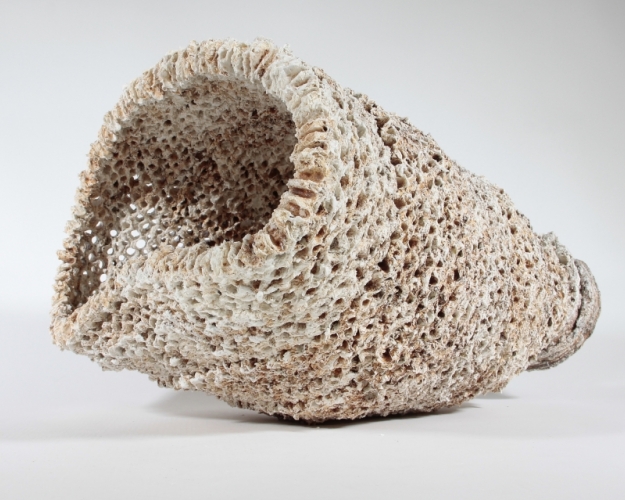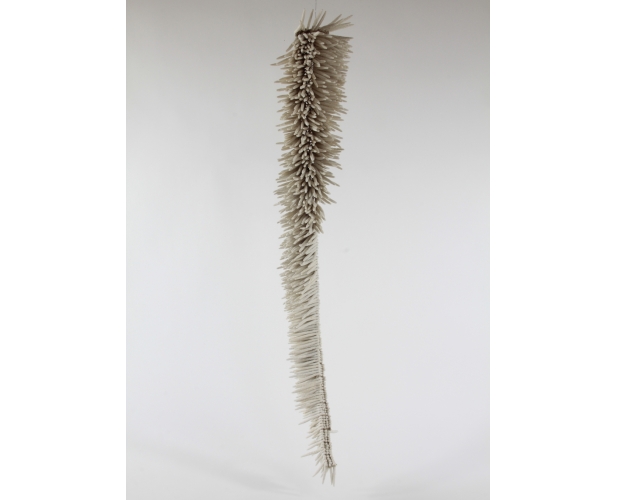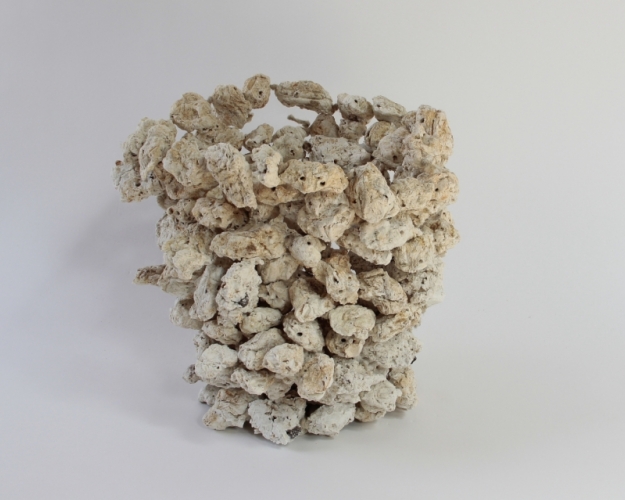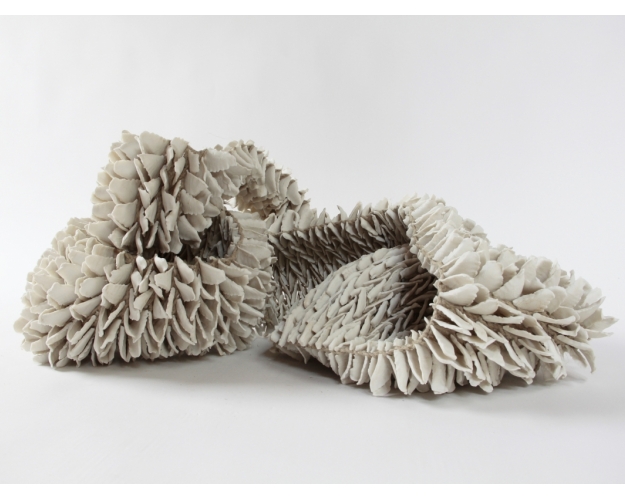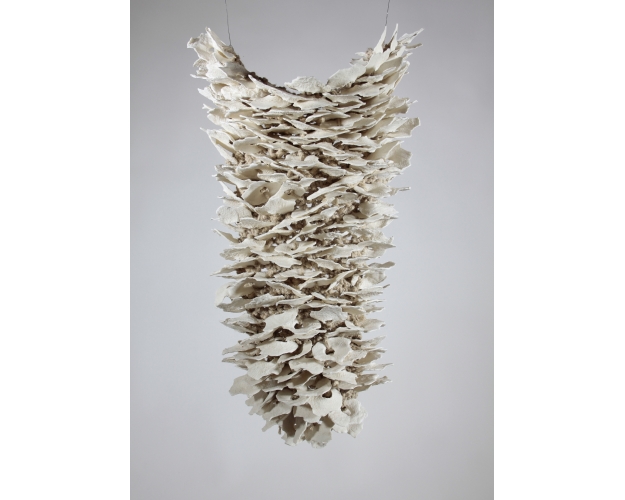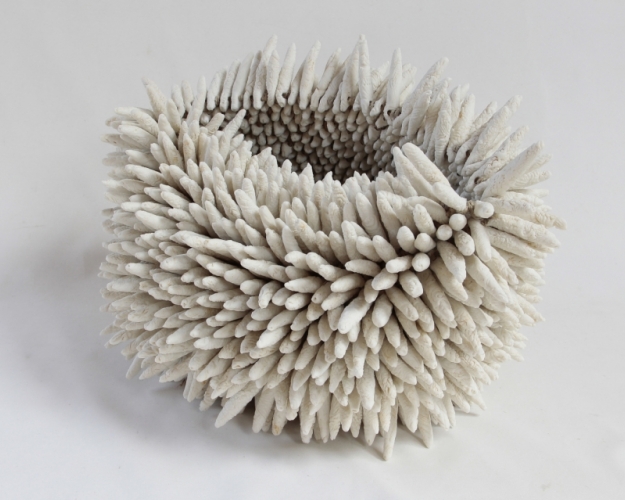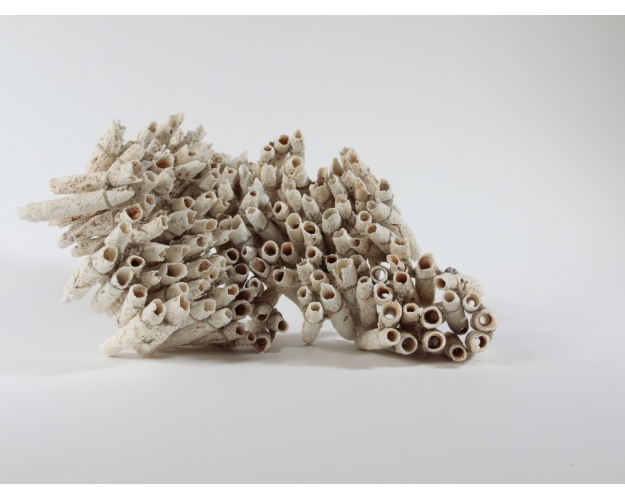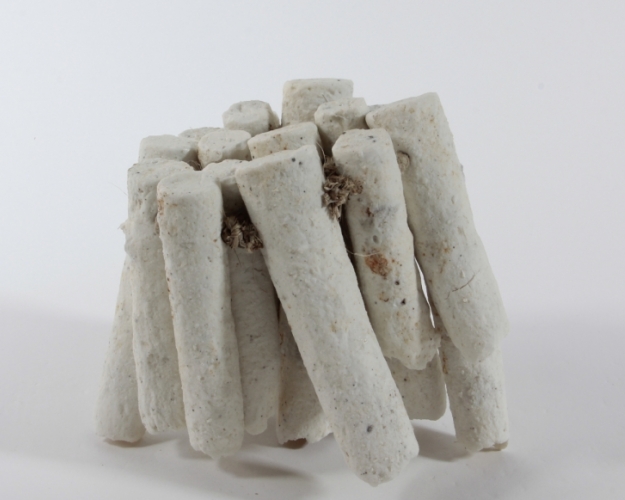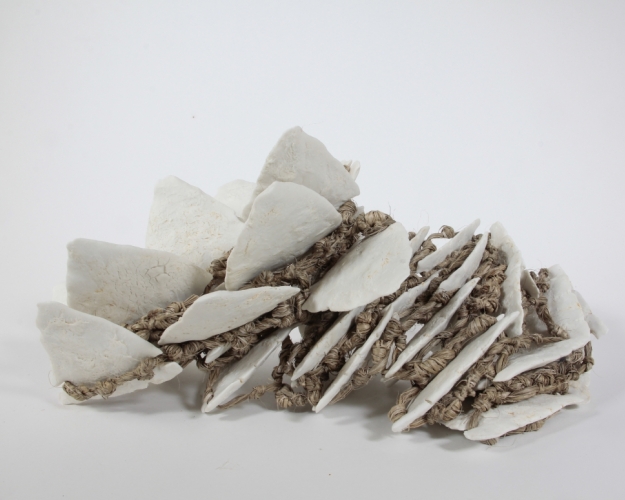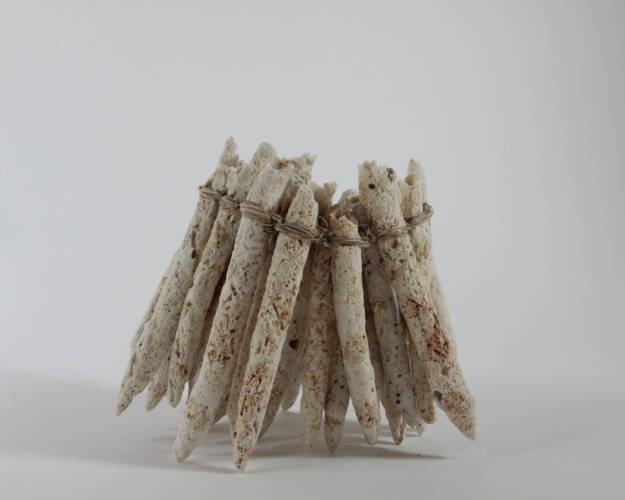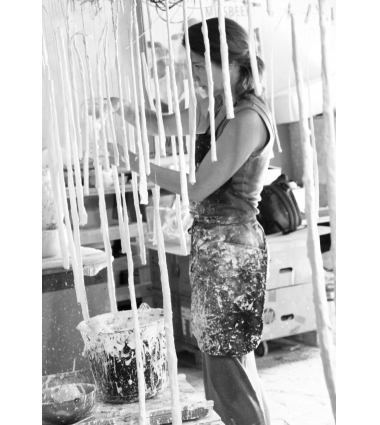
Bénédicte Vallet
Curriculum Vitae
French ceramist born in °68.
She studies at the Ecole des Beaux Arts de Nantes (Design & Environnement) and was trained in throwing at the CNIFOP.
Was selected several times for personal exhibitions and participation in collective exhibitions in galleries and museums in France, Luxembourg and the Netherlands.
Exhibits for the first time in Belgium in 2024 at gallery Adrienne D.
Inspiration
Her approach, motivated by the search for living, evolving volumes, leads her to imagine ceramic sculptures. She recomposes a porcelain biosphere, where the pieces articulate, resonate together through the recurrence of certain motifs and have their own unique sound-sounds.
Fascination with the living, ecological imprints, archaeological traces and ancestral gestures of humble daily life guide her work, creating artefacts, imaginary cultural objects and installations.
Shapes appear on the edge of the plant, mineral and animal kingdoms, appealing to fossil, unconscious or collective memory.
Bénédicte Vallet's work is an ode to nature, a subtle dance between light and matter.
Her creations let us experience the beauty of simple shapes and textures.
As a ceramic weaver, she weaves a story of craftsmanship and connection with the natural world.
Technique
She develops her aesthetic through ceramics, using natural fibres.
Over the years she has created her own vocabulary of knotting techniques.
Self-taught in textile techniques, she borrows from soft basketry, weaving, tapestry and knotting techniques to assemble ceramic fragments that she shapes by hand without moulding.
Bénédicte uses two primary materials: porcelain and plant fibres, which combine to create protean sculptures. Her hybrid sculptures, straight out of her imagination, take on volume thanks to threads of hemp, linen or plant fibres. The ceramics come to life like so many joints in a human body. These sculptures are as malleable as you want them to be, and their complexity is enhanced by the way they are assembled. Far from being fragile, these sculptures are just waiting to be touched, rolled up and unrolled.
The porcelain used is subtly white and beautifully translucent. In natural light, the shapes of the porcelain create a play of light and shadow, although the same white is slightly rusted before firing. The porcelain is fired at 1300°C in a gas kiln. Stamping or modelling techniques are used to individually shape each ceramic fragment or module required for the weaving or knotting chosen.
Weaving is the second phase of shaping. Choice of prints, ceramic fragments, knotting and this accumulation leads to the final form of the artefact.


